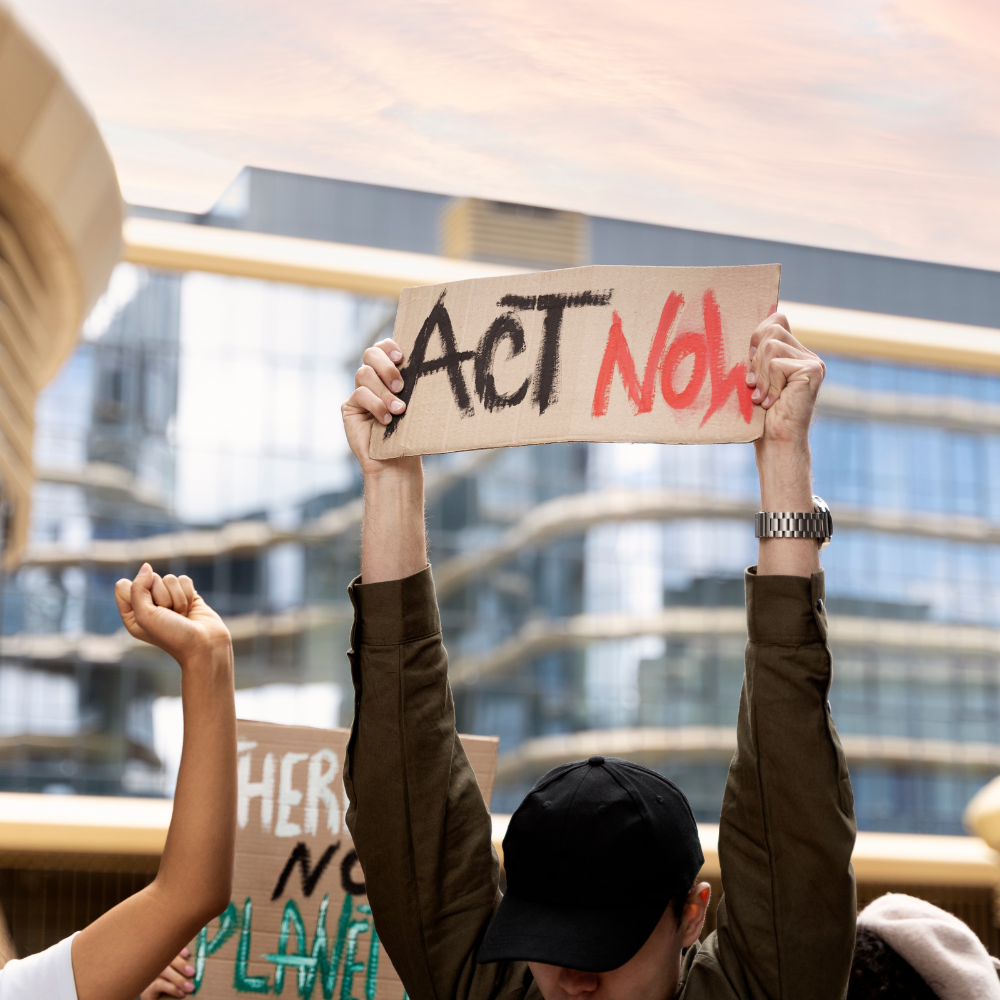Aboriginal activist arrested amid royal visit to Sydney Opera House
On the final day of their Australian tour, King Charles III and Queen Camilla were the subject of a protest at the Sydney Opera House that took a dramatic turn on Tuesday as crowds congregated to watch them. Wayne Wharton, an Indigenous activist from Brisbane, was arrested after defying police orders to disperse and chanting anti-monarchist slogans in the presence of a sea of spectators. The incident was reminiscent of the recent protests organised by independent Senator Lidia Thorpe, which have elicited a broad range of responses.
The vocal opposition of Wayne Wharton followed Senator Thorpe’s protest in Canberra the day prior, during which she heckled King Charles with the chants “he is not my King.” The defiance of Wharton outside the Opera House resulted in his prompt arrest, despite the fact that he mirrored her sentiments. Police officers intervened after he refused to move on, escorting him into a police van as onlookers applauded.
Thorpe’s Canberra outburst, which has caused controversy both within and beyond the Indigenous community, remained a topic of debate. Some Indigenous activists commended her for her boldness in taking action. Nevertheless, her conduct has been criticised by other prominent Aboriginal Australians, who have characterised it as counterproductive and disrespectful. Her protest has also been met with disapproval from her political colleagues.
Senator Thorpe encountered further scrutiny on Tuesday when a contentious caricature of King Charles was posted on her Instagram page. The monarch was violently depicted in the caricature, which was promptly removed. Thorpe clarified that it was “inappropriate” and that a staff member had posted it without her knowledge.
The Sydney Opera House was characterised by a blend of tradition and enthusiasm. Several individuals in the crowd, which had occupied the harborside forecourt, had arrived early, and some were clad in British-themed attire. Numerous individuals were observed waving Australian flags, and a few were sporting royal-themed accessories, including purses and jewellery.
Christie Delaney, a spectator, endured hours of waiting in queue and was overjoyed when her perseverance was rewarded. Delaney described the experience of shaking hands with Queen Camilla as an exhilarating occasion. She mentioned that it is truly remarkable to be able to greet her by shaking her hand and extending a warm greeting to Australia.
The regal visit held a personal significance for certain individuals, such as Bettina Bethuel. Bethuel and her friend Taja Shephard were both enthusiastic about the opportunity to observe the King and Queen in person. Shephard experienced conflicting emotions when contemplating the most recent demonstrations. Although she recognised the significance of Senator Thorpe’s advocacy for Indigenous individuals, she believed that the protest was unsuitable. She commented, “I initially found it to be somewhat impolite; however, I understand that she is advocating for Indigenous individuals.”
The royal visit to Australia has been characterised by a combination of celebrations and demonstrations, which have served to underscore the intricacies of the nation’s relationship with its colonial past and monarchy. It was evident that the presence of King Charles and Queen Camilla had elicited emotions and inspired discussions throughout the nation as they concluded their final day in Australia.










